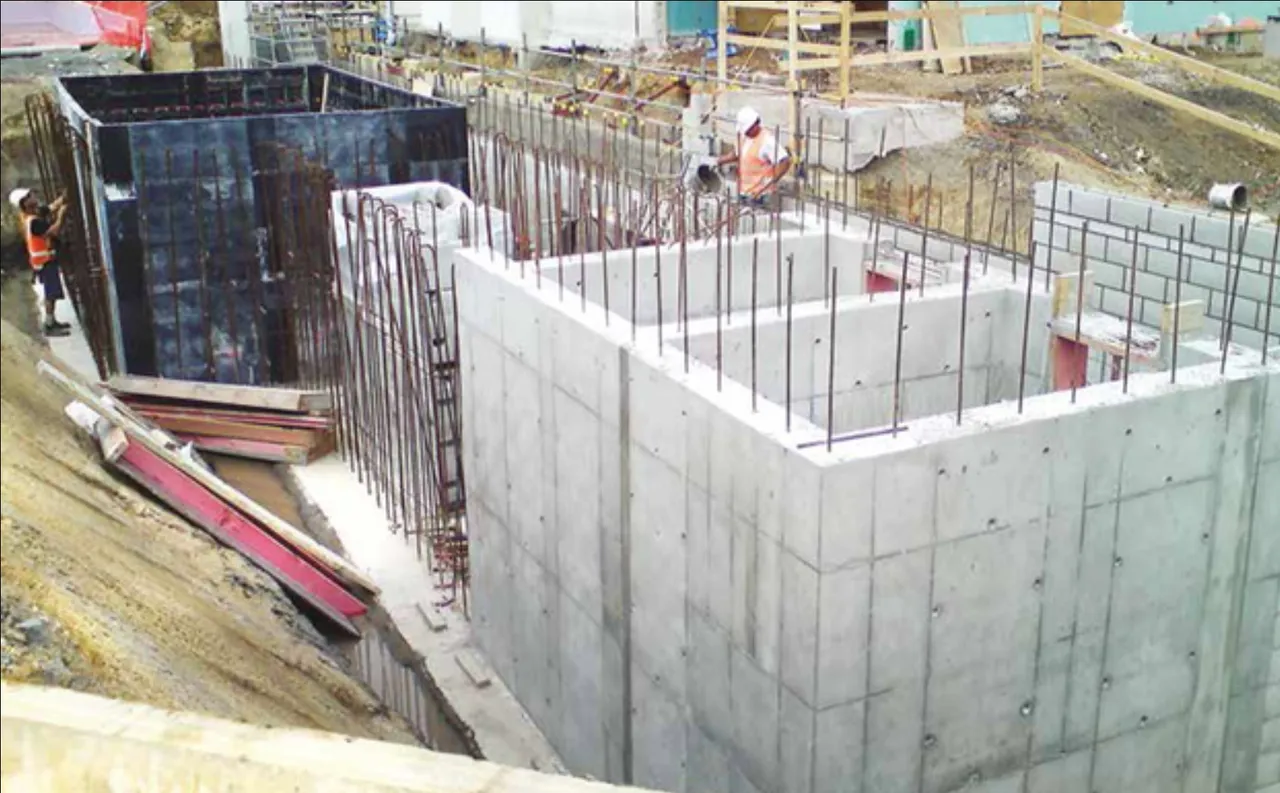Understanding LiDAR Scanning
LiDAR, which stands for Light Detection and Ranging, is a remote sensing technology that uses laser light to measure distances with a high degree of precision. This technology has been widely adopted in various industries, including forestry, geology, archaeology, and urban planning. In recent years, it has also gained significant traction in the construction sector.
LiDAR scanners emit laser beams and measure the time it takes for the light to bounce back after hitting a surface. By calculating the speed of light and the time taken for the return, LiDAR scanners can accurately determine the distance between the scanner and the object or surface being measured. These measurements are then combined to create detailed 3D point cloud data, which can be used for various purposes, including designing elevator shafts and stairwells.
Traditional Challenges in Elevator Shaft and Stairwell Fabrication
Before delving into the benefits of LiDAR scanning, it’s crucial to understand the challenges that elevator and steel stair fabricators face when working with traditional measurement methods.
The LiDAR Advantage
LiDAR scanning addresses the shortcomings of traditional measurement methods and offers several advantages to fabricators of elevators and steel stairs in construction:
Precision and Accuracy: LiDAR scanners provide highly accurate measurements, reducing the chances of errors in design and fabrication. This precision ensures that elevator components fit perfectly and stairwells are structurally sound.
Speed and Efficiency: LiDAR scanning significantly reduces the time required for measurement. Scanners can capture data quickly and create detailed 3D models, streamlining the design and fabrication process.
Safety Enhancement: LiDAR scanning minimizes the need for personnel to spend extended periods in confined spaces like elevator shafts and stairwells. This reduces safety risks and enhances overall project safety.
Comprehensive Data: LiDAR scanners capture vast amounts of data, including intricate details of the structure. Fabricators can use this data to create comprehensive and precise designs, resulting in elevators and stairs that meet both functional and aesthetic requirements.
Applications of LiDAR Scanning in Elevator Shaft and Stairwell Fabrication
Let’s explore the specific applications of LiDAR scanning technology in the fabrication of elevator shafts and stairwells.
Initial Site Surveys
Before fabrication begins, LiDAR scanning can be used to conduct comprehensive site surveys. This includes measuring the dimensions of the elevator shaft or stairwell, identifying existing structural elements, and assessing the condition of the space. The resulting data serves as a foundation for the design and fabrication process.
Design Optimization
LiDAR-generated 3D point cloud data allows designers to create accurate and detailed designs for elevator shafts and stairwells. This technology enables precise alignment of structural elements, ensuring that components fit seamlessly into the designated space.
Clash Detection
Clash detection is a critical aspect of elevator and stairwell fabrication. LiDAR scanning can identify clashes between the planned components and existing structures, such as pipes, electrical systems, or support beams. This early detection minimizes rework and prevents costly delays.
Quality Control
During the fabrication process, LiDAR scanning can be used for quality control. Scanners can check the dimensions and alignment of components against the design specifications, ensuring that everything meets the required standards.
As-Built Documentation
After the elevator or stairwell is constructed, LiDAR scanning can be used to create as-built documentation. This data serves as a valuable resource for future maintenance, renovations, or expansion projects, as it provides an accurate representation of the structure.
Retrofitting
In cases where elevators or stairwells need to be retrofitted into existing buildings, LiDAR scanning can play a crucial role. Scanners can capture the precise measurements of the available space, allowing fabricators to design components that seamlessly integrate with the building’s structure.
Cost and Time Savings
One of the most significant advantages of adopting LiDAR scanning technology in elevator shaft and stairwell fabrication is the potential for cost and time savings. Here’s how:
Reduced Rework: The precision of LiDAR scanning minimizes the chances of errors and clashes during fabrication, reducing the need for costly rework.
Faster Measurement: LiDAR scanners can capture data much faster than traditional methods. This efficiency accelerates the design and fabrication process, leading to shorter project timelines.
Improved Project Scheduling: With accurate measurements and clash detection, project schedules can be better planned and adhered to, reducing the risk of delays and associated costs.
Enhanced Design Iteration: The detailed data provided by LiDAR scanning allows for more informed design iterations, reducing the likelihood of design changes during fabrication, which can be time-consuming and costly.
Safety-Related Savings: By minimizing the time personnel spend in confined spaces, LiDAR scanning contributes to improved safety, reducing the potential for accidents and the associated costs of injuries and downtime.
Real-World Success Stories
To illustrate the practical benefits of LiDAR scanning in elevator shaft and stairwell fabrication, let’s explore a couple of real-world case studies.
Case Study 1: High-Rise Commercial Building
In the construction of a high-rise commercial building with multiple elevators and stairwells, LiDAR scanning was employed to conduct initial site surveys and design optimization. The scanning process accurately captured the dimensions and existing structural elements, enabling designers to create precise plans. Clash detection during fabrication revealed minor adjustments that needed to be made, preventing costly rework. As a result, the project was completed ahead of schedule, saving both time and money.
Case Study 2: Historic Building Retrofit
A historic building required the installation of a new elevator system to comply with accessibility standards. LiDAR scanning was used to measure the available space and assess the structural integrity of the building. The data collected allowed fabricators to design an elevator that seamlessly integrated with the historic architecture. The project received accolades for its preservation of the building’s heritage while providing modern accessibility. Additionally, the efficient use of LiDAR scanning reduced construction time and costs, making it a cost-effective solution.
The Future of LiDAR Scanning in Construction
The adoption of LiDAR scanning technology in elevator shaft and stairwell fabrication is expected to continue to grow in the construction industry. As the technology evolves, we can anticipate several developments:
Improved Portability
LiDAR scanners may become more compact and portable, making them easier to use in various construction scenarios.
Integration with Building Information Modeling (BIM)
LiDAR data can be seamlessly integrated with BIM software, providing a holistic approach to construction planning and management.
Enhanced Automation
Automation in data processing and analysis will further streamline the use of LiDAR scanning in construction projects.
Expanded Applications
LiDAR scanning may find applications beyond elevator shafts and stairwells, such as in the fabrication of other structural components and systems.
LiDAR scanning technology is revolutionizing the way elevator shafts and stairwells are measured, designed, and fabricated in the construction industry. Its precision, efficiency, and safety benefits are reshaping the landscape of construction projects, offering substantial cost and time savings.
As fabricators of elevators and steel stairs continue to embrace LiDAR scanning, we can expect to see more successful projects, reduced rework, and innovative designs that integrate seamlessly with existing structures. The future of construction is being built on the solid foundation of LiDAR scanning, where accuracy and efficiency are paramount, and safety is enhanced for all involved in the construction process.
#LiDARScanning #ElevatorShafts #Stairwells #ConstructionTech #EfficiencyInDesign #PrecisionMeasurements #FabricationInnovation #SafetyFirst #BuildingIndustry #FutureConstruction

